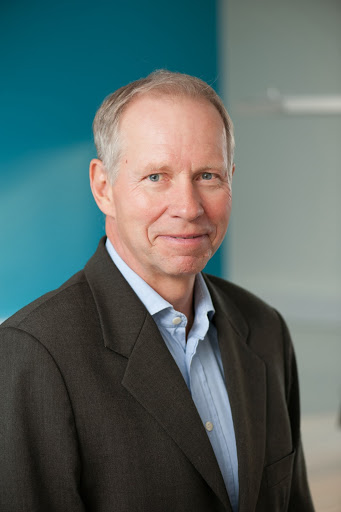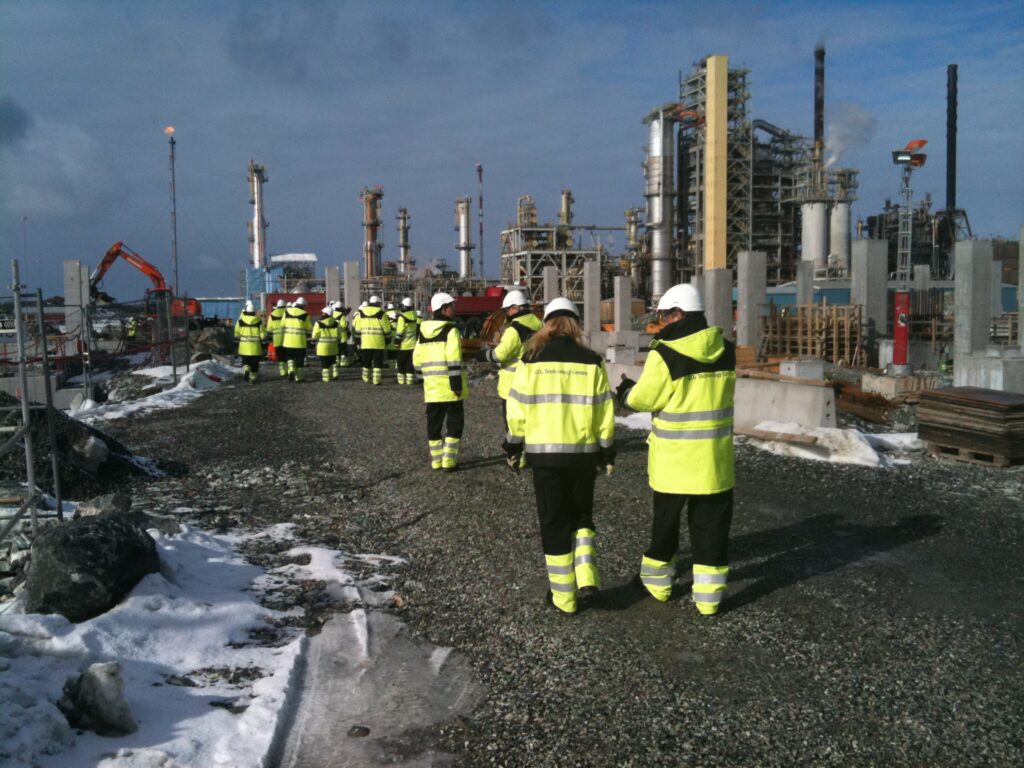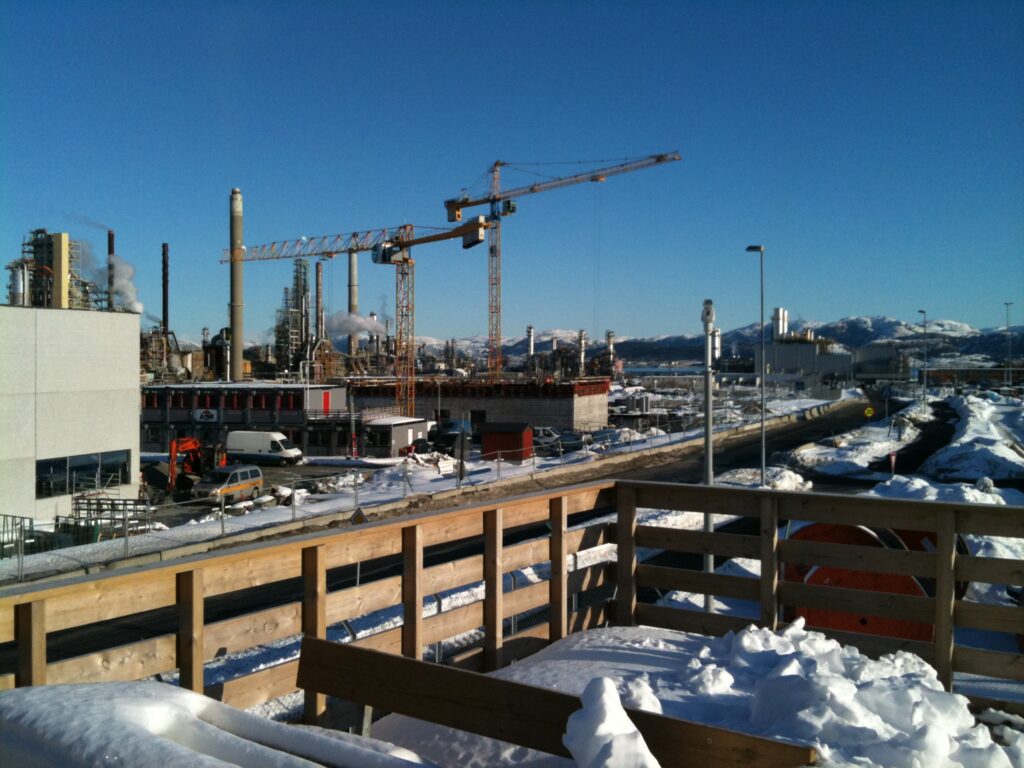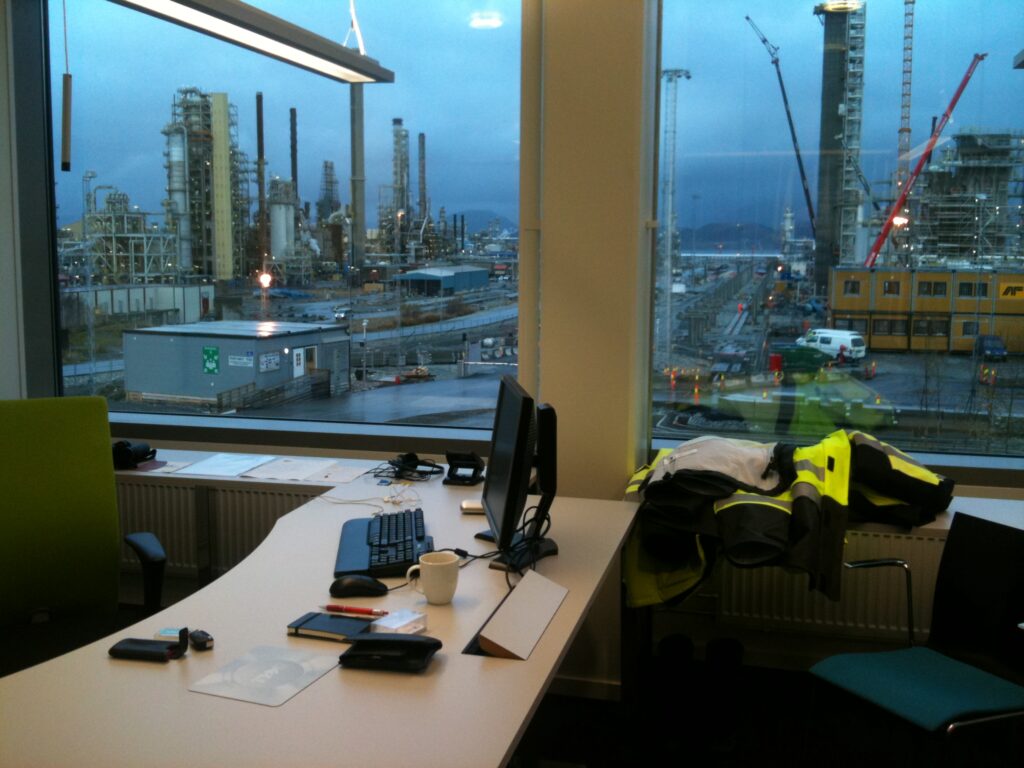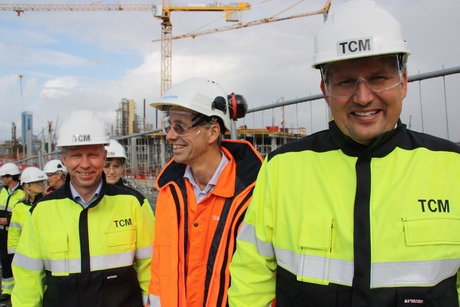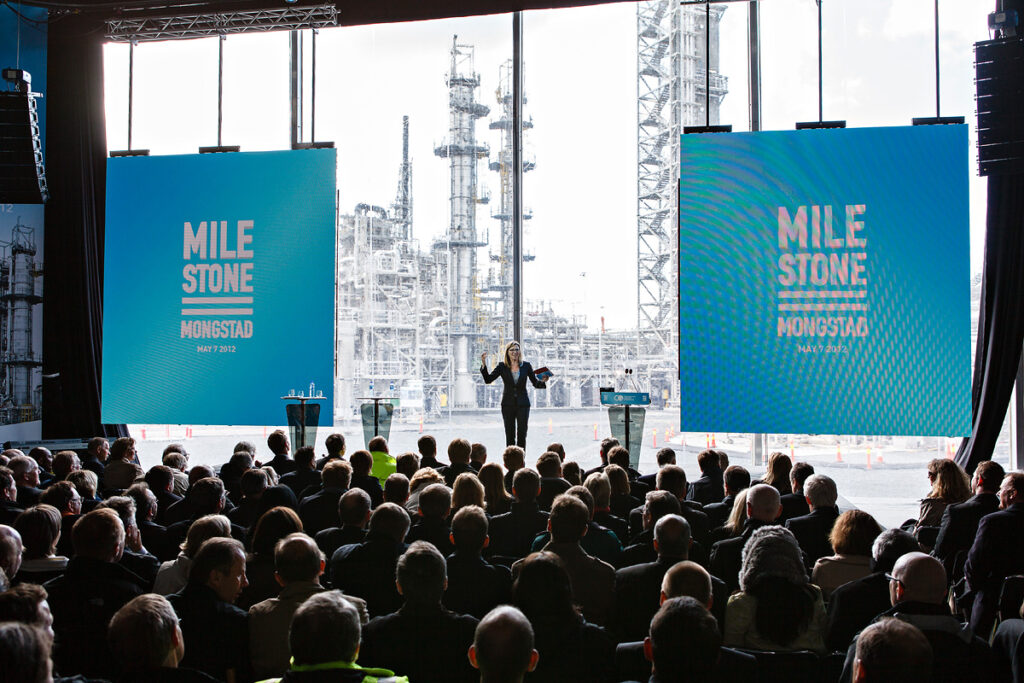02.03.2022
He was our first Managing Director
Technology Centre Mongstad (TCM) has a 10-year anniversary in 2022. We celebrate ourselves with interviews with people who in various ways have had impact on the business in these years. First out is our first Managing Director, Tore Amundsen.
Why did you apply for a position at TCM?
– In 2008, I became Gassnova’s project manager during the planning of the capture facility at Mongstad. One year later, when the company was founded, I was asked to take the role as Managing Director, an offer I could not refuse.
How was your first meeting with TCM?
– It was at the founding meeting of TCM DA in 2009 at Equinor’s offices in Trondheim. Representatives from the Ministry of Petroleum and Energy, Gassnova, Equinor and Shell met here. The parties signed the Participants Agreement, and I was formally appointed Managing Director. The atmosphere was good, and I was wished good luck. At first, my employees and I had offices at Equinor’s in Sandvika, but the following year we moved to the construction rig at Mongstad and followed the construction of the facility from there.
What will you highlight as the most rewarding and interesting work you took part in at TCM?
– It was great to be part of realizing the world’s largest test facility of its kind. During the construction and after it was completed in 2012, we had several thousand visitors. I also got to travel around the world at conferences and events to talk about TCM and was met with great interest. Initially, we were given a mandate to operate the plant for five years, to contribute to the development of two different technologies for CO2 capture. I am very happy and proud that the operation period has been extended later. TCM’s business is at least as important and valuable today as when we started ten years ago.
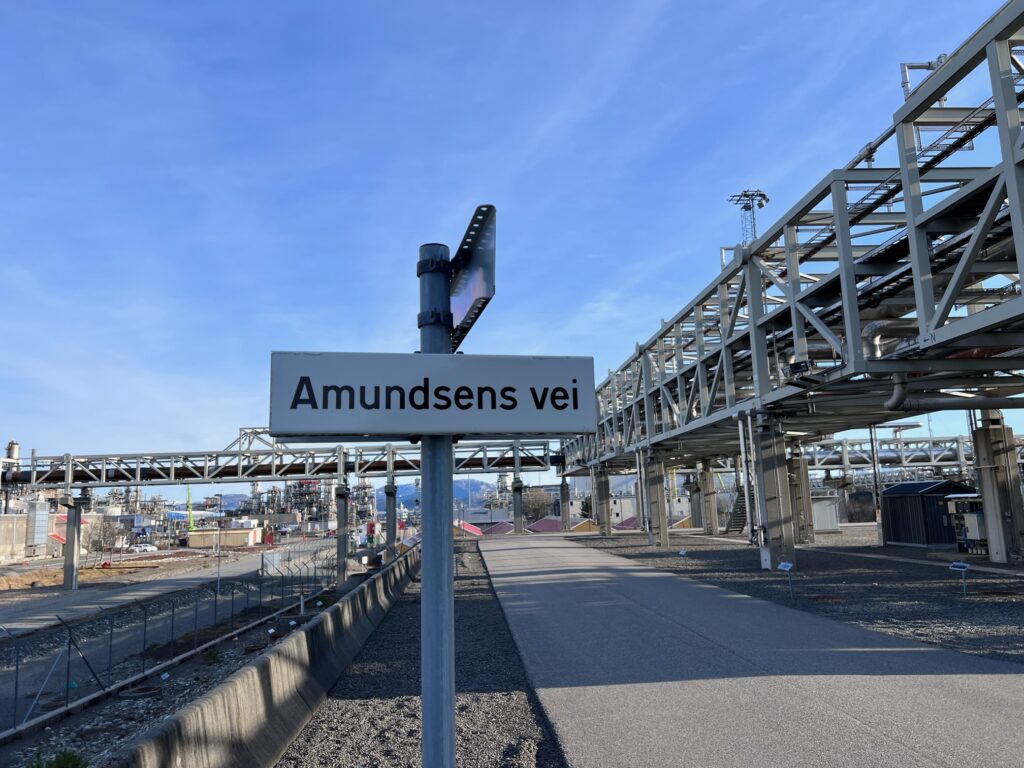
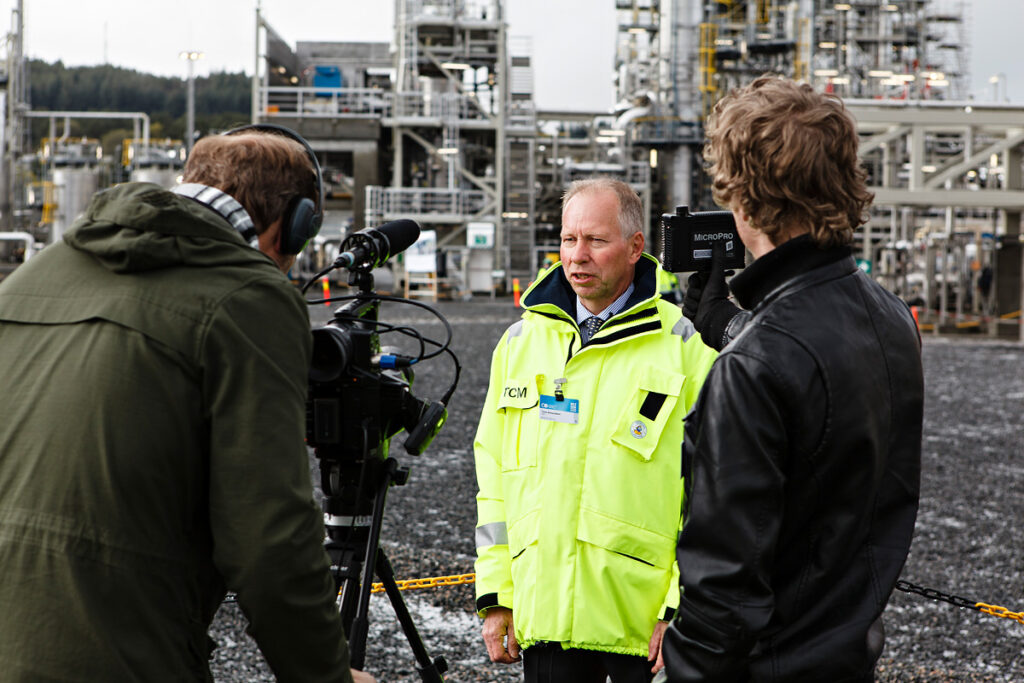
Are there projects or events you remember back with special joy?
– During the planning, there were long discussions about whether the plant should only be dimensioned and equipped for testing amine-based technologies, or whether it should also include testing of technologies with chilled ammonia. We had doubts about maturity of the chilled ammonia technology in particular, but the TCM partners finally decided to go for both.
The second milestone I want to mention was when we in the autumn 2009 invited South African Sasol Ltd. as partner. Although Sasol withdrew after five years, they contributed greatly with important knowledge and experience they had from their own business.
Then of course I have to mention the opening in 2012. The Ministry of Petroleum and Energy made it clear that they expected us to show off in a big way, and so we did. We braved the rain on a magnificent stage and giant screens, and the Prime Minister, Jens Stoltenberg, opened it all to great applause from 300 guests from home and abroad. A memory for life!
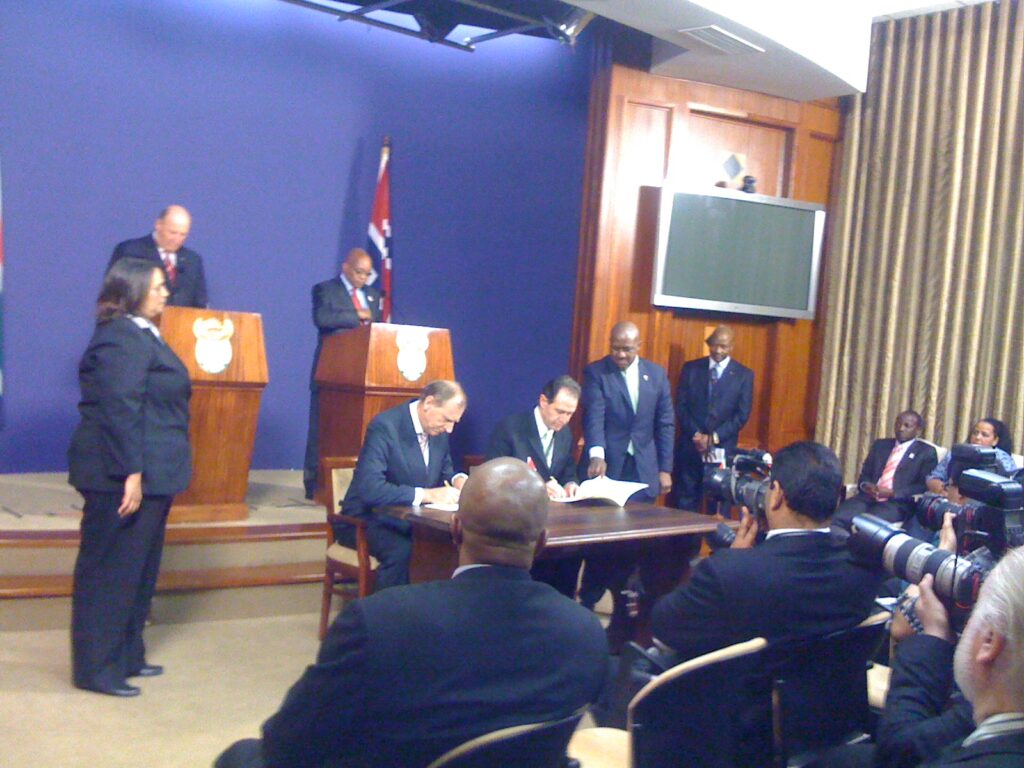
– Are there projects or events you remember back with special joy?
– During the planning, there were long discussions about whether the plant should only be dimensioned and equipped for testing amine-based technologies, or whether it should also include testing of technologies with chilled ammonia. We had doubts about maturity of the chilled ammonia technology in particular, but the TCM partners finally decided to go for both.
The second milestone I want to mention was when we in the autumn 2009 invited South African Sasol Ltd. as partner. Although Sasol withdrew after five years, they contributed greatly with important knowledge and experience they had from their own business.
Then of course I have to mention the opening in 2012. The Ministry of Petroleum and Energy made it clear that they expected us to show off in a big way, and so we did. We braved the rain on a magnificent stage and giant screens, and the Prime Minister, Jens Stoltenberg, opened it all to great applause from 300 guests from home and abroad. A memory for life!
What do you think of as most frustrating about your work at TCM?
– When the agreement on the establishment of TCM was entered into in 2009, Equinor’s owner share was 20 percent, and they were also given the responsibility as Operator of the test facility. They had extensive experience with offshore operations and had the same approach to how TCM should be operated. Gassnova and I had clear objections, and the long discussions this entailed I could easily have been without. But in the end, we fortunately agreed. And even though the tone in the meetings at times had been sharp, we experienced the operators we worked with on a daily basis as very skilled and loyal.
When you tell your friends and acquaintances about the business at TCM, what do you emphasize as the most important utility value?
– It can be difficult having to explain complicated technologies about carbon capture. So, the simple story is that testing and disseminating knowledge about methods for CO2 capture is important to save the world from environmental disaster. Both the IEA and the UN Climate Panel have stated that capture and storage of CO2 is absolutely necessary to achieve the climate goals.
What is your wish for TCM the next ten years?
– Capture, storage and use of CO2 (CCUS) is still in its infancy, but the Longship project is an example of the industry now coming of age. But the technologies must be developed and improved even further – with TCM as an important player. I also hope that more large companies will see the benefit of becoming co-owners of TCM, in order to gain first-hand information and knowledge about all that carbon capture entails. The competence built up at TCM is unique.
Name: Tore Amundsen
Age: 74
Education: MSc in Economics
Your employment at TCM: Gassnova’s project manager 2008 – 2010, Managing Director 2010 – 2012, Chairman of the Board 2013 – 2015
Your current position: Retired, some consulting business in my own company
When you generally look back on 10 years of business at TCM, what do people that worked at TCM or still are working there have particular reason to be most proud of?
– No doubt that we have succeeded in building and operating a facility that prominent companies and research institutions around the world use to test new technologies on an industrial scale. TCM is the most important test facility for CO2 capture technologies, and the facility will be needed for many years to come.
